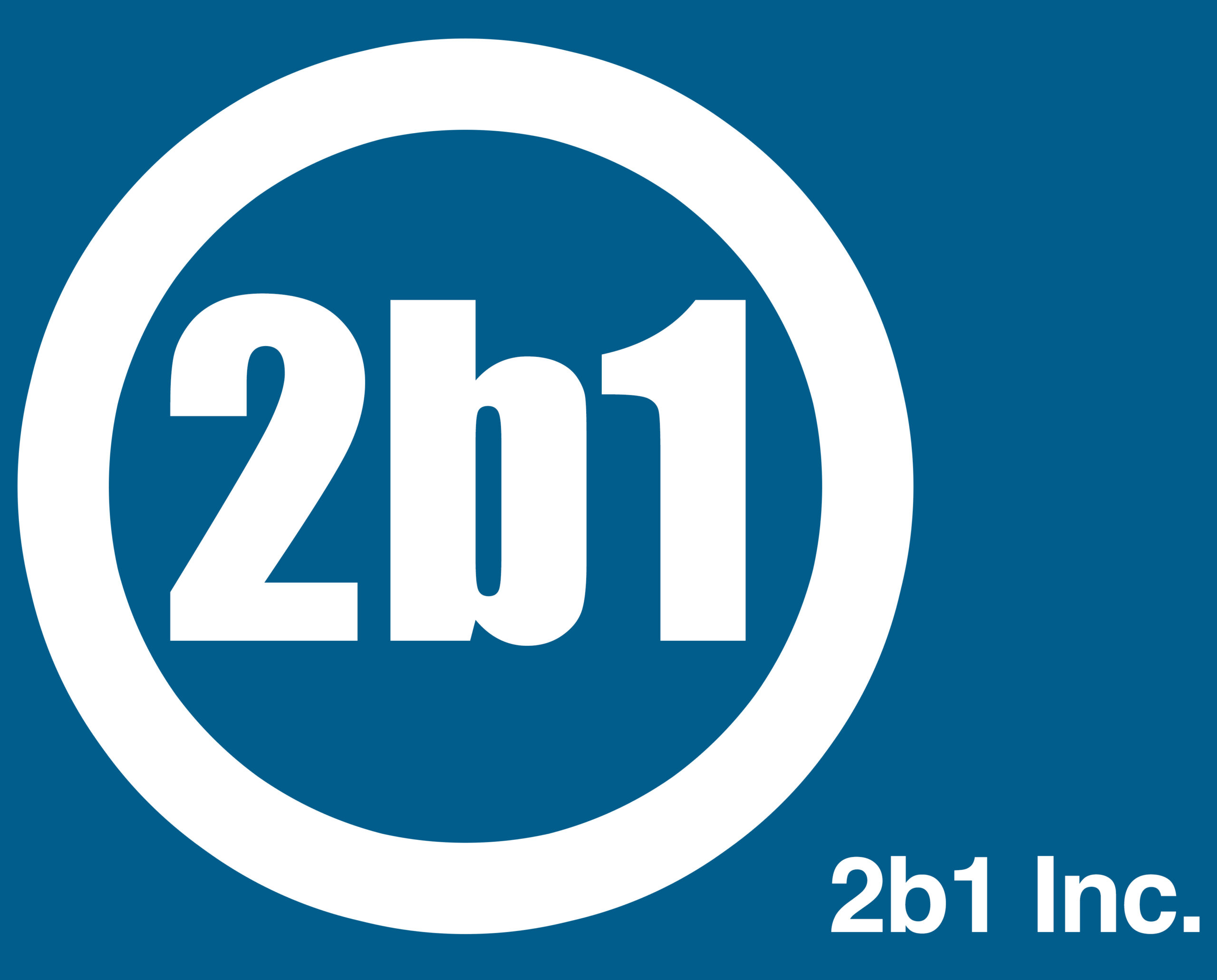On Friday, October 11, 2024 I discovered that the Internet Archive, an online sanctuary I’ve long turned to for research and nostalgia, had fallen victim to a series of cyberattacks—a crisis that, I later learned, began in late September. For those unfamiliar, the Internet Archive, also known as the Wayback Machine, is more than just a collection of old websites; it’s a library of our digital history, allowing us to peer into the past. Now, however, it’s fighting to survive against an onslaught of cyberattacks that have been difficult to keep up with.
As of October 21, 2024, the Internet Archive has managed to bring its site back online in a limited, read-only mode. Key features like uploading, borrowing, reviewing items, interlibrary loan, and video streaming remain down.
This incident is a stark wake-up call for any organization handling sensitive data, whether client files, customer records, or proprietary information. It underscores the growing frequency and severity of cyberattacks, which are increasingly targeting both large and small entities alike.
Lawsuits Before the Storm
Even before the recent wave of cyberattacks, the Internet Archive was under legal siege. In March 2024, a U.S. federal judge ruled against the Archive in a lawsuit from four major book publishers—Hachette, HarperCollins, John Wiley & Sons, and Penguin Random House—limiting the Archive’s digital lending capabilities. The court found that the Archive’s lending of digital copies exceeded what copyright law allowed. This decision put significant restrictions on the Archive’s ability to make certain books accessible to the public and marked a pivotal moment for digital libraries and fair use in the digital age.
Then, in August 2023, a separate $400 million lawsuit was filed by Universal Music Group (UMG), Sony Music, and others over the Archive’s Great 78 Project, a digital preservation initiative for 78 RPM records from the early 20th century. The record labels argue that the project infringes copyright law, alleging it operates as an “illegal record store” rather than as a historical archive. As of mid-2024, this case is ongoing, and the financial demands could have existential impacts on the Archive
The Nature of the Cyber Attacks
Beginning in late September 2024, a major data breach exposed the sensitive information of 31 million users, including usernames, email addresses, and encrypted passwords. Adding to the chaos, Distributed Denial of Service (DDoS) attacks intermittently took the Archive offline. By mid-October, hackers had accessed the Archive’s support platform, revealing user-submitted identification tied to content removal requests, underscoring critical gaps in its security infrastructure.
Despite efforts to restore full functionality, persistent vulnerabilities have hindered recovery. Even with parts of the site back online in a limited mode, gaps remain—users can’t log in, and archiving new content is still blocked. This complex recovery process reflects the reality of modern cyberattacks: they’re not only frequent but also deeply disruptive, creating long-lasting operational challenges.
Why This Matters
I’ve relied on the Internet Archive to access content that no longer exists elsewhere, and I know many others have too. This attack feels personal. It’s not just about the data breach or DDoS attacks; it’s an attack on our history, our culture, and the very notion of preserving knowledge for future generations. The idea that someone would deliberately attempt to destroy or manipulate this resource is devastating.
What’s especially alarming is that these kinds of attacks are becoming increasingly common—and increasingly severe. Hackers are no longer just going after massive corporations or government entities. Nonprofits like the Internet Archive, and even small and mid-sized businesses, are becoming prime targets. As this incident shows, cyberattacks can cripple any organization, large or small.
What You Can Learn
At 2b1 Care, we understand that attacks like this highlight the importance of proactive cybersecurity. For law firms, nonprofits, and other organizations that handle sensitive data, a breach can have serious legal and financial consequences. While certain threats like DDoS attacks require specialized mitigation services, 2b1 Care focuses on strengthening your organization’s defenses in other critical areas:
- Vulnerability Patching: The Internet Archive’s breach was likely caused by an exploited vulnerability in its JavaScript library. At 2b1 Care, we stay on top of security updates and vulnerability patches, ensuring that your systems are protected from known threats.
- Data Breach Prevention: By implementing stronger encryption protocols and real-time monitoring, we help ensure that sensitive data like usernames and passwords are safeguarded against unauthorized access.
- Incident Response: Even with the best security measures, breaches can still happen. Our incident response team is equipped to contain and mitigate the damage of a cyberattack, minimizing downtime and ensuring a swift recovery.
A Call to Action
The attack on the Internet Archive is a stark reminder that no organization is immune to cyber threats, and the consequences can be dire. Hackers are growing more sophisticated, and the number of attacks is rising. We need to take these threats seriously—not just as businesses, but as a society. Whether you run a nonprofit, a small business, or a multinational company, investing in robust cybersecurity is no longer optional; it’s essential.
